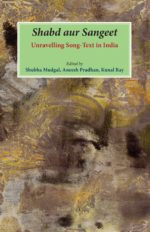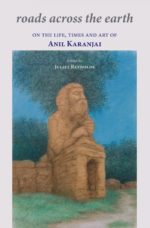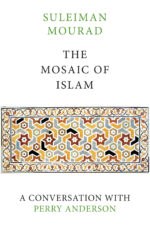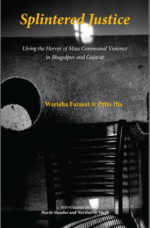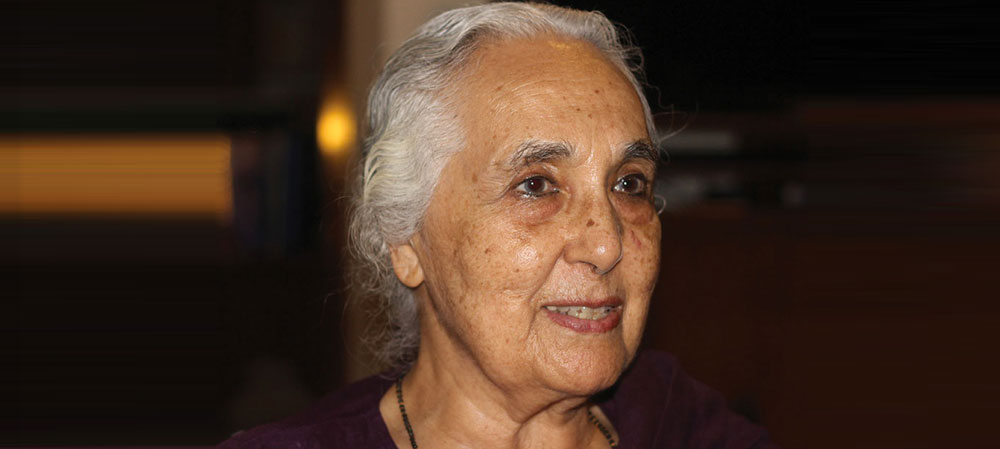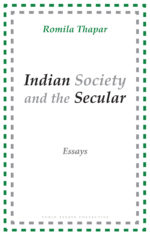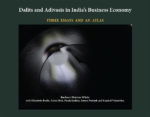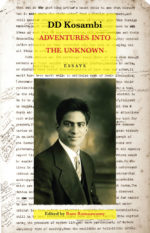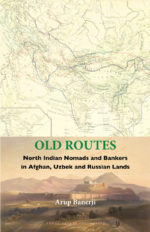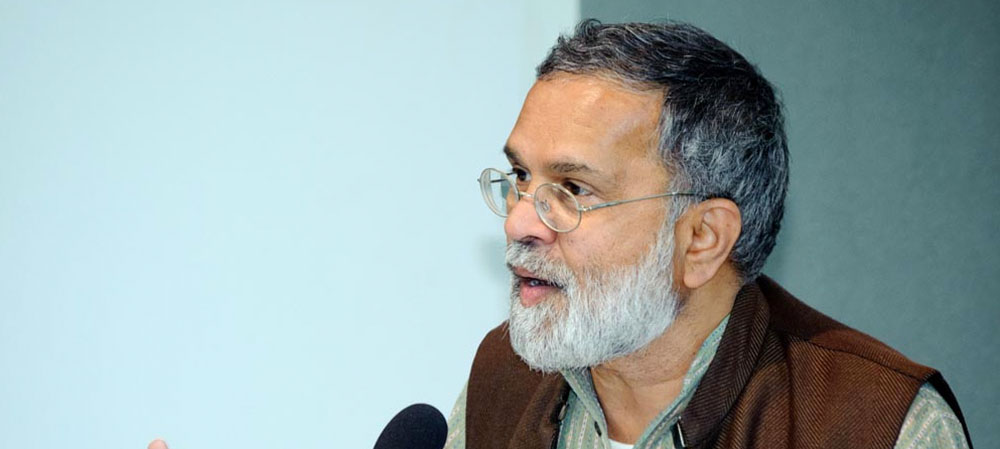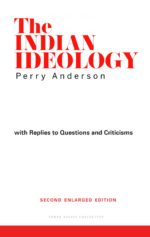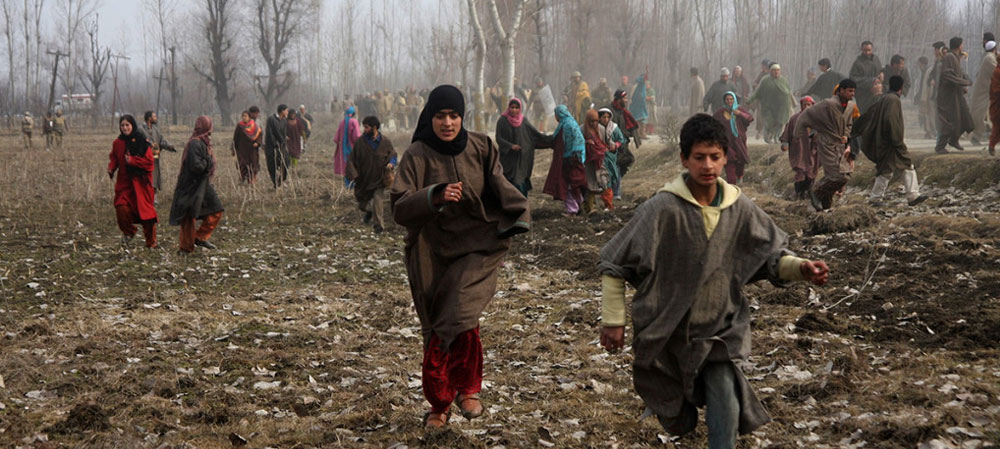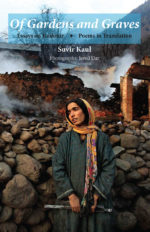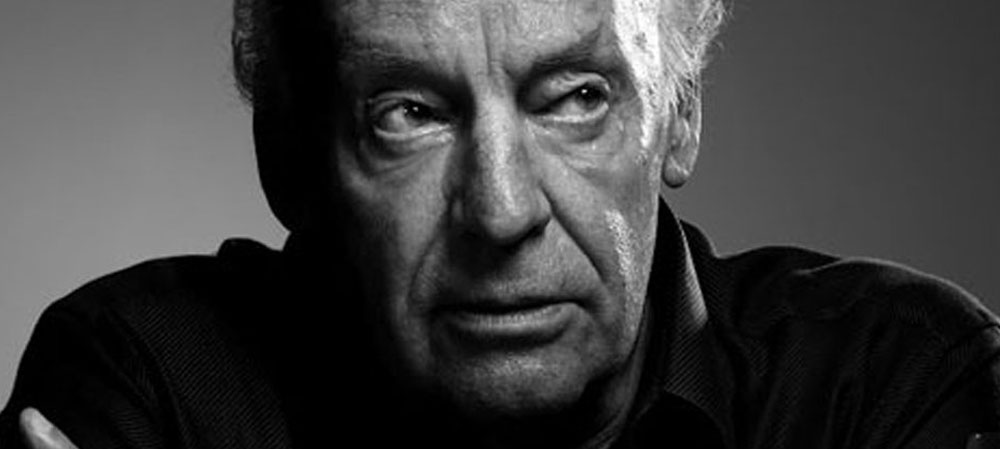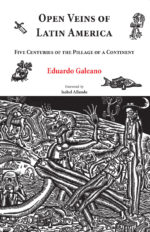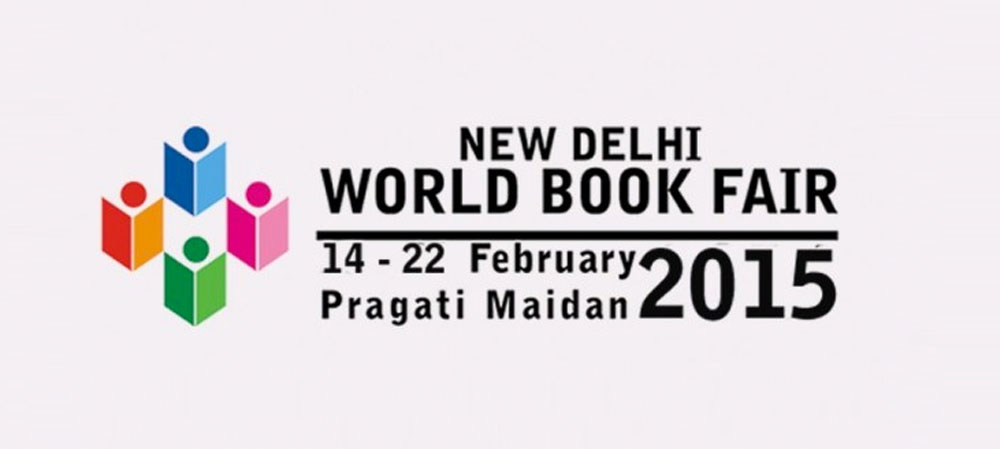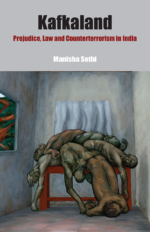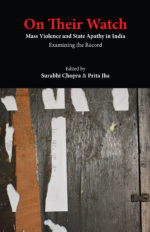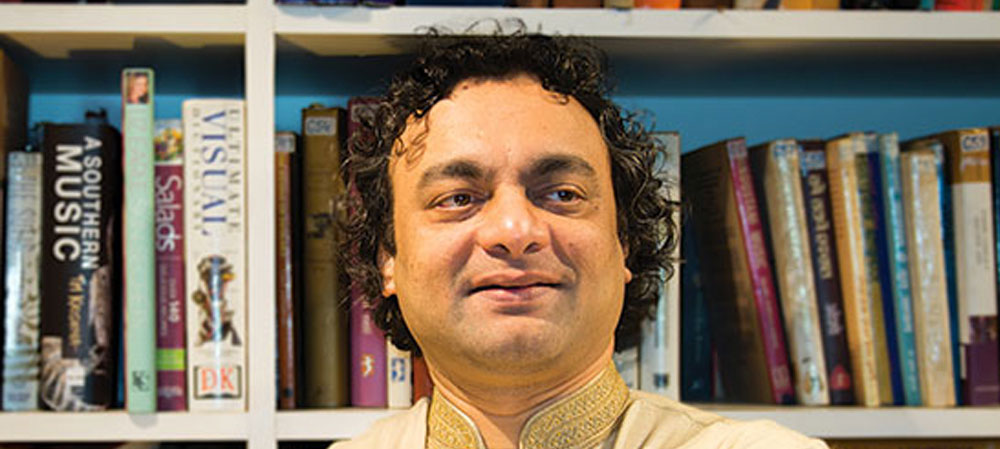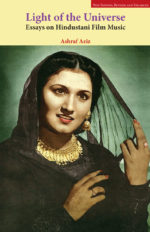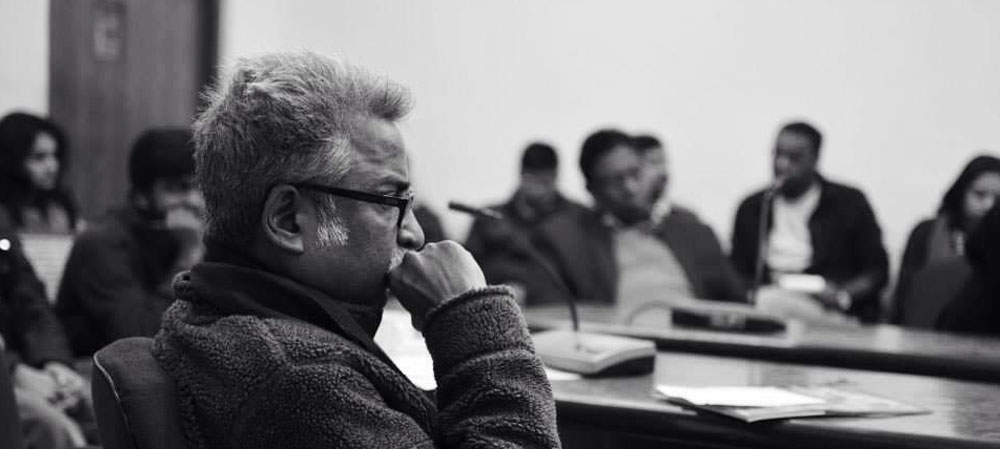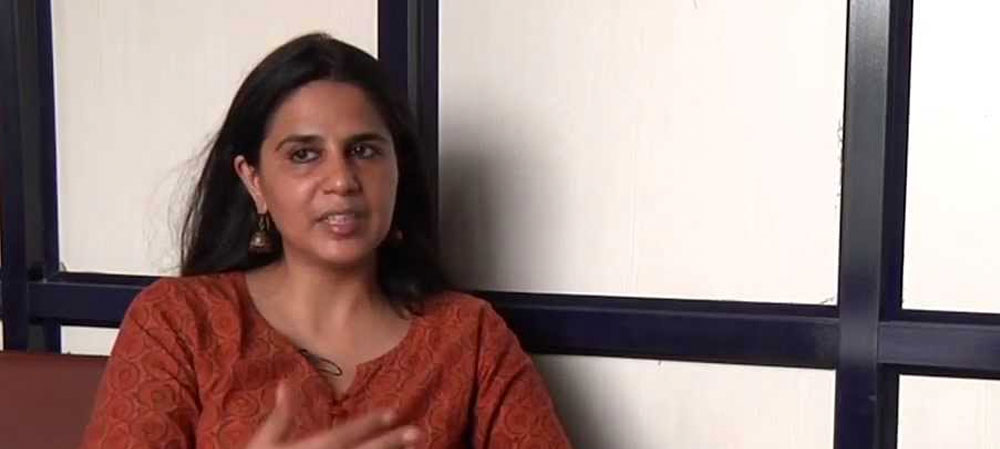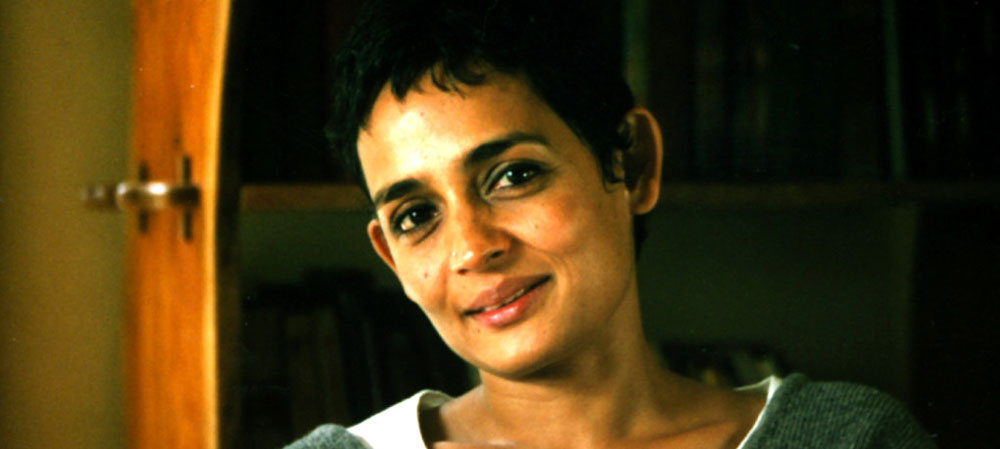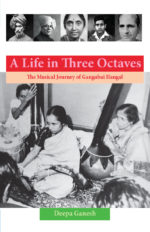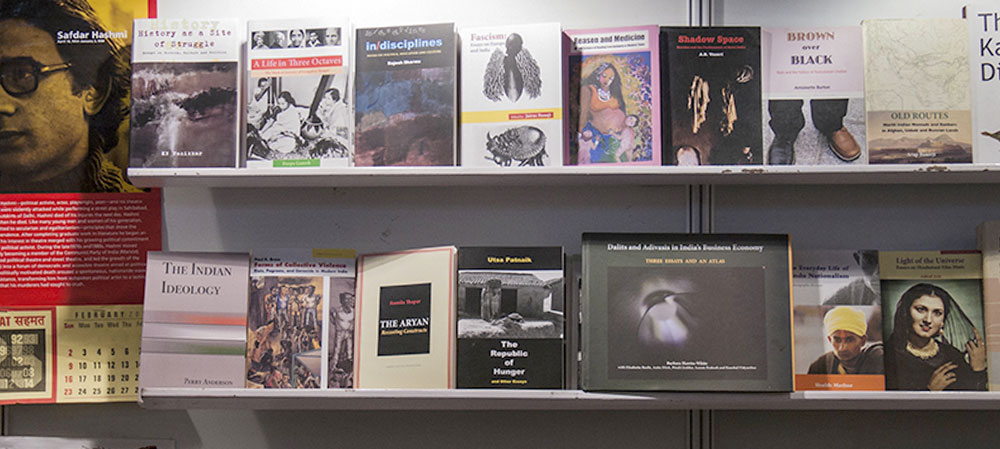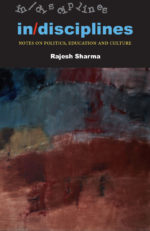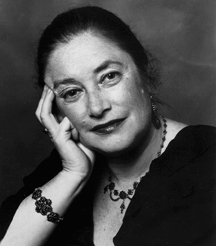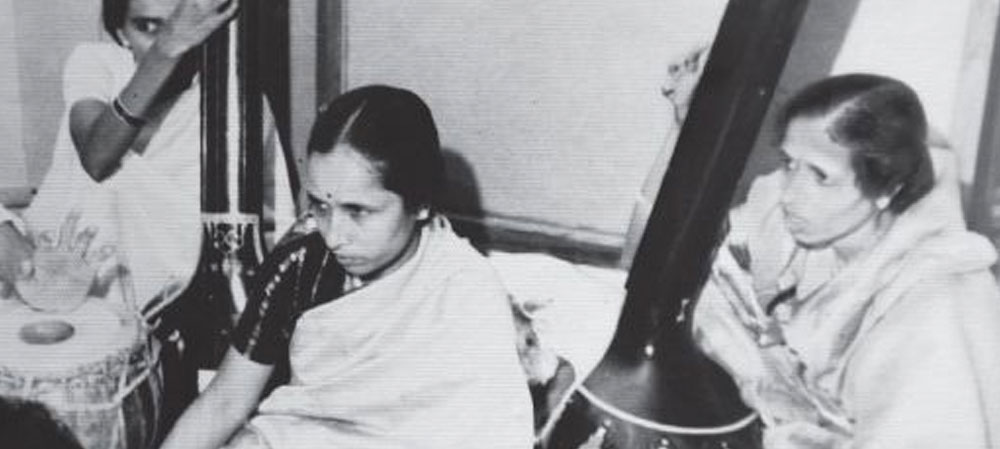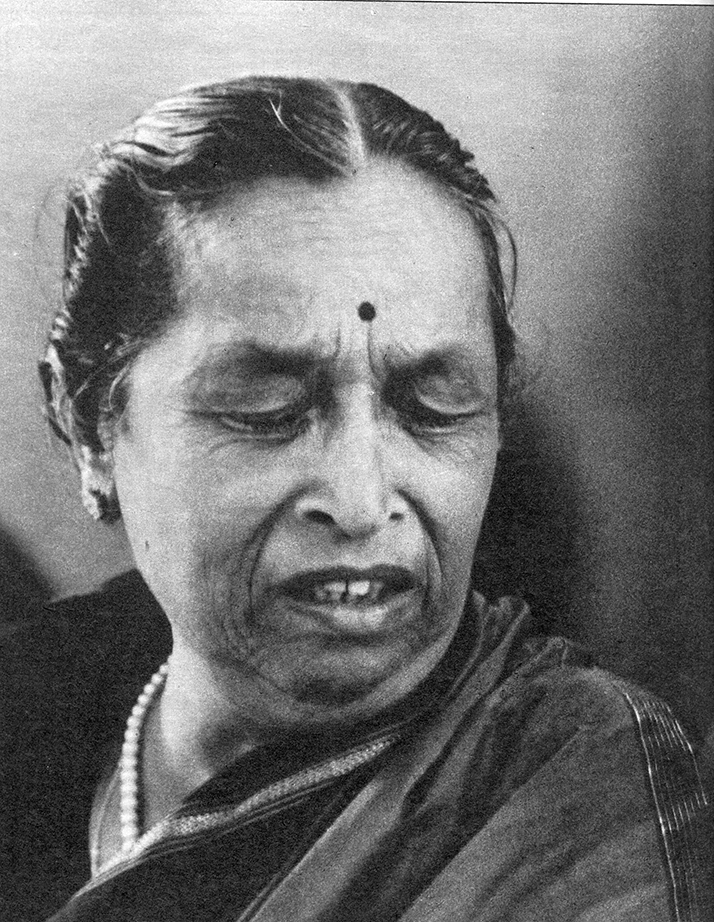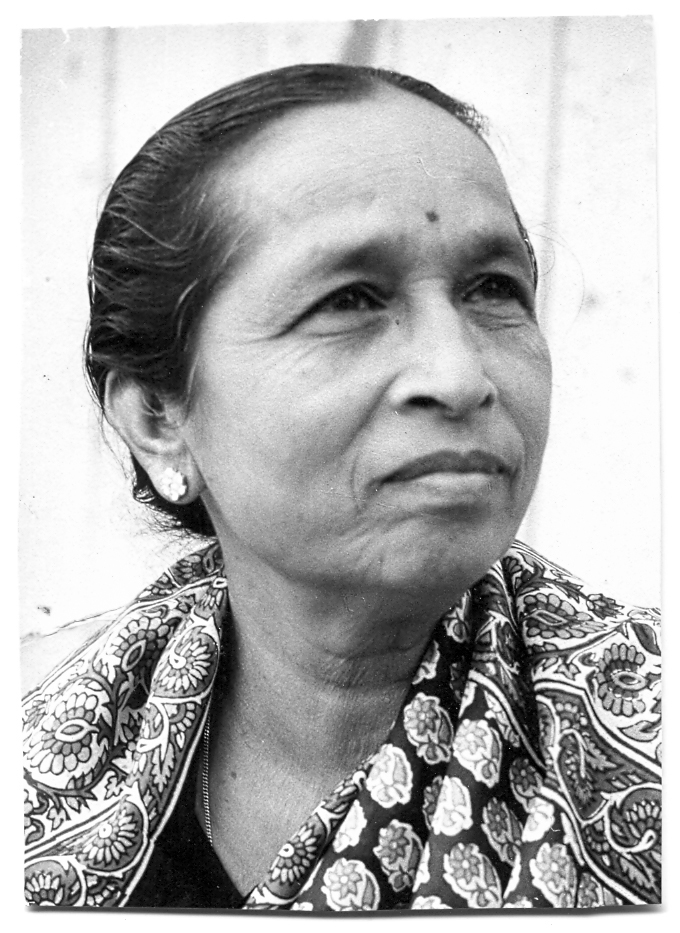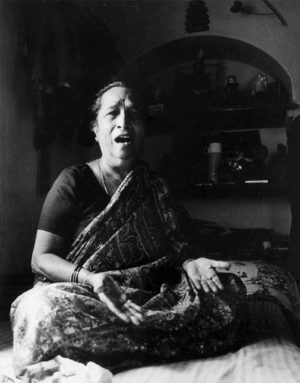Aneesh Pradhan in conversation with Nalini Taneja about his book Hindustani Music in Colonial Bombay and some key issues in contemporary Hindustani art music.
What in your view are the key problems in historiography of Hindustani music, as well as musicology that derives from it?
Until the last two decades or so, historiography of Hindustani music was largely restricted to hagiographies and the study of one or more treatises. Hindustani music was almost regarded as an occurrence in a vacuum, without any reference to the socio-cultural, political and economic contexts within which the music was being made. However, this idea of history has changed greatly, and we have to thank non-Indian scholars and Dr. Ashok Da. Ranade, eminent scholar-musician, for bringing to the subject critical writing and path-breaking analysis. Today, Hindustani music is being written about not just by ethnomusicologists, but also by anthropologists and historians. While this has increased critical inquiry into the subject and has thrown up several important questions, I must hasten to add that there is often a lack of dialogue between the scholarly work and the oral tradition. In other words, the absence of familiarity with the performing tradition and its worldview, often restricts the scholarly work from adopting a multi-layered approach. Likewise, performers are often not informed about recent research, and are therefore content with the myth and legend that they have been conditioned by.
Two related questions. Can one, basing oneself on the pre-medieval and early medieval sources, at all work out the concrete structure and soundscape of shastriya sangeet? To begin with, is the term shastriya a useful analytical or conceptual tool?
The term shastriya is relatively new and is connected to the efforts made to classicise Hindustani music from the second half of the nineteenth century. It suggests that the Indian tradition is based on textual sources and is scientific. These were qualities attributed to Western music by colonial scholars. Attempts were therefore made by sections of the Indian middle class to prove to the Western world and to those Indians influenced by this world, that Indian music was also equally qualified and at par with Western music. To consider the textual and the oral as diametrically opposed would be hazardous, as the Indian tradition is replete with the co-existence of the two. Indeed, performance and pedagogy are primarily oral traditions, but that is not to say that textual sources from various periods in history should not be considered. Until recent, the textual in the Indian context was also largely restricted to Sanskrit sources, but now, we have substantial research on Persian sources too. More work needs to be done in the realm of regional literature on music. A combined study of all these sources, an analytical study of recorded material from 78 rpms brought out in the early twentieth century, and of oral histories, biographies, autobiographies, among other sources, would then possibly help us understand the soundscape of Indian art music. I must mention here that Dr. Ashok Da. Ranade felt that the term shastrokta sangeet was more appropriate than shastriya sangeet. By shastrokta, he meant that which has a shastra or is governed by rules, but rules that are orally transmitted.
Socially speaking, the world of patrons in the metropolis, which came from the emerging commercial and industrial classes, was far removed from the world of the performing artists. The encounter was very different from the norms of feudal patronage and dependencies. However, there are similarities with the era of blues and jazz: the memories of slavery, dismal conditions of life in the past and the present, and a kind of cultural negotiation resulting in recovery of a new self and search for dignity. How did our musicians, male and female, fare in this respect?
Yes, the worlds of the new patrons and the performers were very different. But I would not draw parallels with the situation related to blues and jazz. Those forms did not develop through hereditary musician lineages, whereas Hindustani music did. I am referring to the lineages specifically because these were the networks and the ethos surrounding the hereditary musicians that musicians depended upon to establish themselves in the new urban situation. The living and working conditions were far removed from what musicians were accustomed to under feudal patronage, so it was imperative for musicians to first gain a professional foothold in the city before they could even consider a changed presence in the fraternity and in the larger social environment. Undoubtedly, the urban situation impacted their lives at many levels. First, it provided them with new avenues of patronage, second, it located them in varying and challenging professional circumstances that rose out of technological changes that the period saw, and third and most importantly, it forced them to reinvent performance practice and pedagogy to cope with new performance contexts and spaces and students belonging to the elite class. Needless to say, musicians – male and female – emerged successful in their efforts at negotiating these difficult times and shaped performance and pedagogy as we know it now.
The new era did bring about the changes in the hierarchies, social as well as aesthetic, within the musical tradition. How would you sum them up in a few sentences?
For one, with public patronage came the possibility of democratizing the process of learning, performing and listening. This patronage manifested itself in the form of music clubs and music circles, through gramophone recordings and broadcasting. In other words, musicians were now able to reach out to wider audiences through multiple platforms. In a tradition that was largely restricted to hereditary male and women performers, hear platforms offered opportunities to amateurs, some of whom went on to pursue music as a profession later. Scholars have raised questions about appropriation in the context of non-hereditary musicians taking to the profession and about the ostensible marginalisation of Muslim musicians. But these arguments need to be considered carefully as they often tend to look at musicians as a monolithic entity, whereas the reality is otherwise. Women performers, particularly those from the devadasi tradition, learnt and excelled in the khayal form, hitherto primarily a male preserve. The earlier importance of the vocalists was gradually changing in favour of instrumentalists. This upward social mobility within the musician fraternity did not however favour the accompanying musicians until much later. The equation between the guru and shishya was transformed in cases where the shishya was from a non-hereditary musician family and was from an elite background, but was not wanting to pursue music professionally. However, learning continued to be an arduous process tilted in favour of the guru in cases where the shishya was from a hereditary musician family or was from a non-elite background wishing to pursue music professionally. Thus, earlier hierarchies were challenged, but not entirely so.
You have been concerned with the place of instrument and instrumentalists in the musical hierarchy. What are the changes you notice in the period you studied.
Traditionally, vocal music and vocalists had always enjoyed a position of prime importance in Hindustani music, both in a musical sense as well as in terms of status in the fraternity. However, technology, craftsmanship displayed by instrument makers, musical charisma of instrumentalists, and a gradual democratizing of the tradition, gave a fillip to instrumental music. As a result, there was an increase in instrumental solos, including solo recitals featuring instruments like tabla, pakhawaj and harmonium, which were considered primarily accompanying instruments.
Music and nationalism have intersected each other in the pre-Independence era, particularly from late 1920s. But nationalism, a contested terrain with its multiple strains, also injected into musical sphere certain forms of identitarian politics. How did it impact the actually existing parampara? How did musicians themselves negotiate it.
Hagiographers of music educationist Vishnu Digambar Paluskar have written about his association with the nationalist movement and his presence at Congress sessions where he sang Vande Mataram on several occasions. However, Paluskar’s work through the Gandharva Mahavidyalaya that he founded showed a more layered response to colonial rule. For instance, he did not find it out of place to invite British officials to convocation ceremonies at his school. There were some musicians who included nationalist songs in their concert repertoire. But one does not come across an overt mass-scale political approach among practitioners of Hindustani music that was aligned to the nationalist movement. On the other hand, nationalism threw up issues of cultural identity that led sections of the Indian elite to utilise and project Hindustani music as a symbol of ancient national culture. Modern pedagogy continued along this trajectory. One may be led to believe that hereditary musicians were mute witnesses to this process, but the choices that they made with regard to performance practice and pedagogy tell another story. Undoubtedly, they were participants in this process and shaped the manner in which we view Hindustani music today.
Coming to the question of music education and music syllabi today. What are the problems you see today. What reform are needed?
I think traditional and institutionalised patterns of music education need to be reviewed seriously in view of the massive transformation we have seen in pedagogic concepts and methods elsewhere and to cope with rapidly changing technology. Today, students are accustomed to a multi-sensory perception given easy access to multi-media. Not that such a multi-sensory perception was not present earlier or was not encouraged. But the new form we are experiencing is catalysed by technology, and our education system and syllabi need to take cognisance of this. More importantly, teachers and students need to constantly ask themselves why they are learning music. Is it to enable them to perform, to undertake research, or to be connected with extra-musical activity. The answers that they come up with will help in shaping systems of teaching and syllabi associated with those.
Gharana system, whatever is meant by it, was declared moribund, in fact DEAD. For almost a century one has been hearing of its death. What is this thing that is dead and yet not quite dead?
The idea that gharanas are dead is more to do with what appears in the public discourse. I am not sure if musicians wholly subscribe to this idea. At any rate, I do not feel this is true, if one accepts gharana not merely as a genealogy of teachers and taught but as an aesthetic that underlies performance and pedagogy. To that extent, we all start or are anchored in one or the other gharana ‘ideology’ and aesthetic, but may choose to branch out, deviate, or radically change. Eclecticism has existed in the Hindustani music tradition since the late nineteenth century with musicians often learning from more than one guru and these gurus not always belonging to one gharana. But that is not to say that the gurus and the shishyas gave short shrift to the aesthetic. In many ways, this process enriched their musical persona as would be expected of any tradition that hopes to remain alive and flourish. Briefly, therefore, I do not see gharanas and eclecticism as contrary aesthetic approaches.
Aneesh, this book has evolved out of your PhD thesis for the Department of History, University of Bombay. Tell us briefly something about your apprenticeship as a PhD scholar.
I benefitted greatly as a PhD scholar, as I learnt research methodology and learnt how to problematize concepts and empirical data. The rigour and discipline involved in my doctoral research enabled me to organize not only my immediate research material, but also helped me in approaching my musical learning differently. I had already begun performing on the Hindustani music concert stage when I decided to pursue a doctoral degree. Consequently, it was natural for me to be impacted by both streams, at times colliding with each other causing great confusion in my mind, and at other times extending the initial idea that I may have started with in one of the two areas.
(photographs by Raghav Pasricha)


